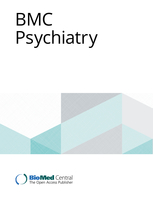
“The cannabis extract nabiximols (Sativex®) effectively supresses withdrawal symptoms and cravings in treatment resistant cannabis dependent individuals, who have high relapse rates following conventional withdrawal treatments.
This study examines the efficacy, safety and cost-effectiveness of longer-term nabiximols treatment for outpatient cannabis dependent patients who have not responded to previous conventional treatment approaches.
This is the first outpatient community-based randomised controlled study of nabiximols as an agonist replacement medication for treating cannabis dependence, targeting individuals who have not previously responded to conventional treatment approaches. The study and treatment design is modelled upon an earlier study with this population and more generally on other agonist replacement treatments (e.g. nicotine, opioids).”
https://www.ncbi.nlm.nih.gov/pubmed/29776349
“There is a need for more effective treatment approaches for cannabis dependent patients who are unable to discontinue their illicit use through psychosocial interventions alone. Longer-term agonist replacement treatment approaches rather than acute withdrawal management are likely to be more effective, with the combination of THC:CBD nabiximols preparation being potentially advantageous over synthetic THC analogues. This is the first large-scale outpatient RCT of nabiximols for this population, and has required the development of clinical and research methods specific to agonist treatment with a plant-derived cannabinoid formulation, building upon clinical research models previously used in opioid agonist treatment approaches.”
https://bmcpsychiatry.biomedcentral.com/articles/10.1186/s12888-018-1682-2









